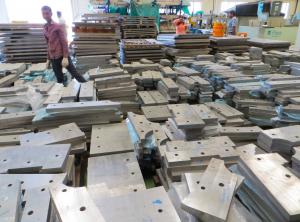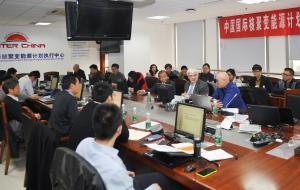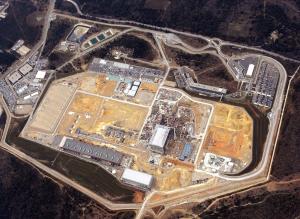What’s New
21 March 2016
ITER news digest for the period of 14 March 2016 to 21 March 2016.
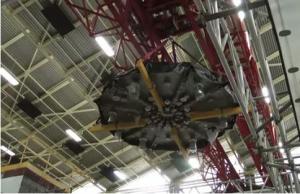
MAST tokamak on schedule for 2017

Seven-layered winding pack produced in Europe
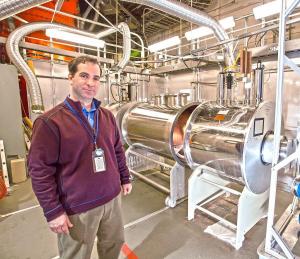
Tritium to give cue on Big Bang neutrinos


